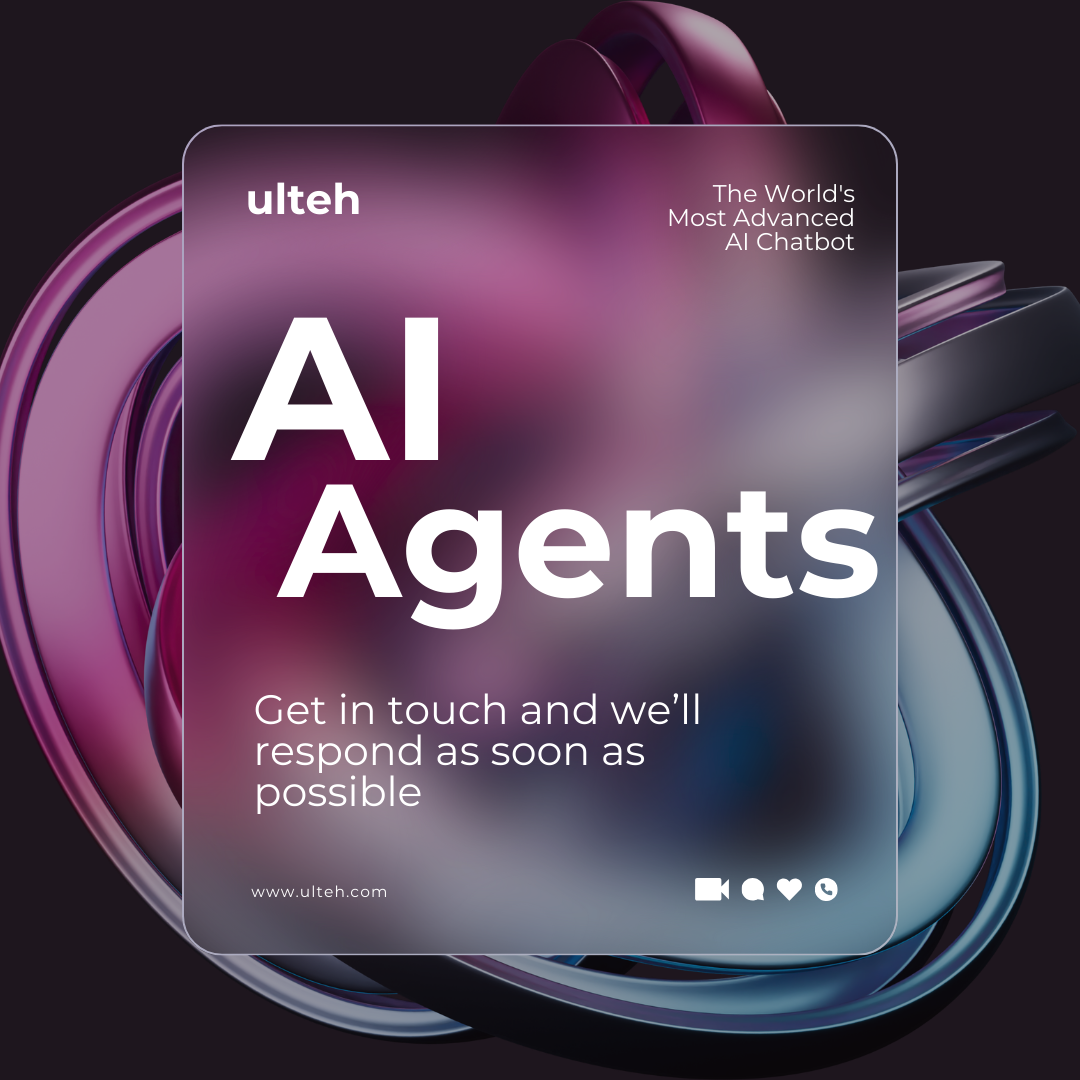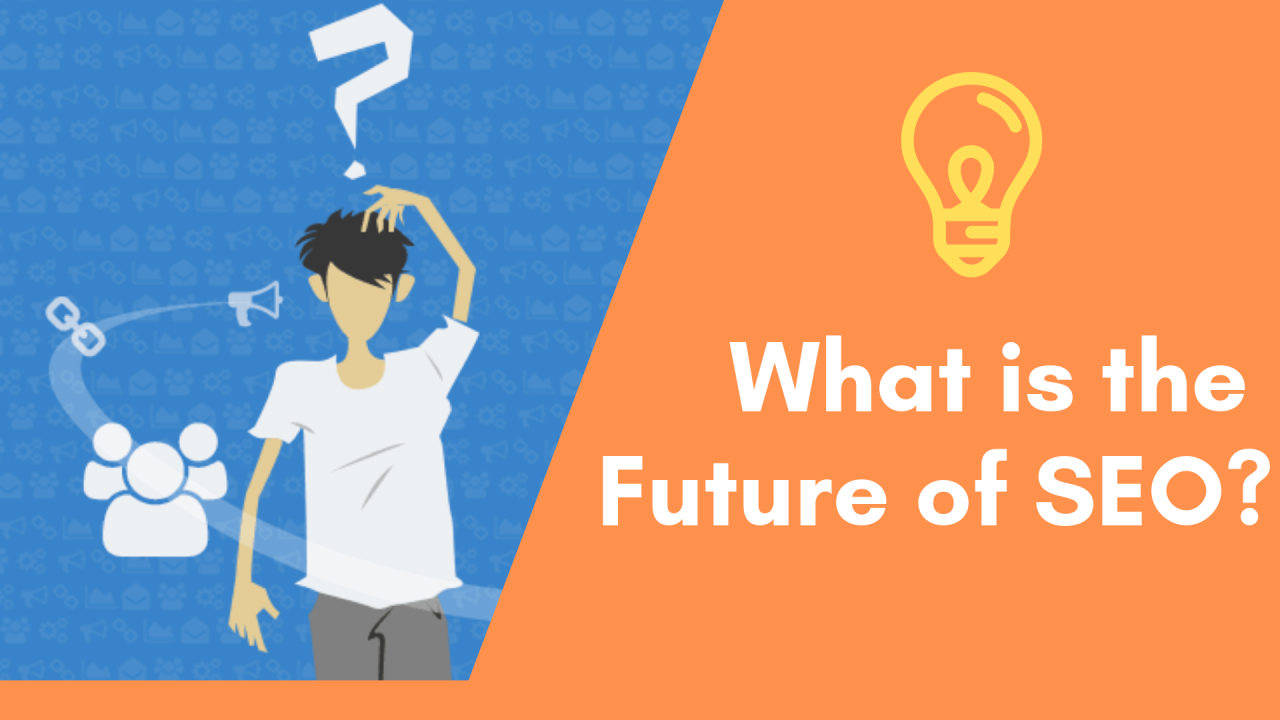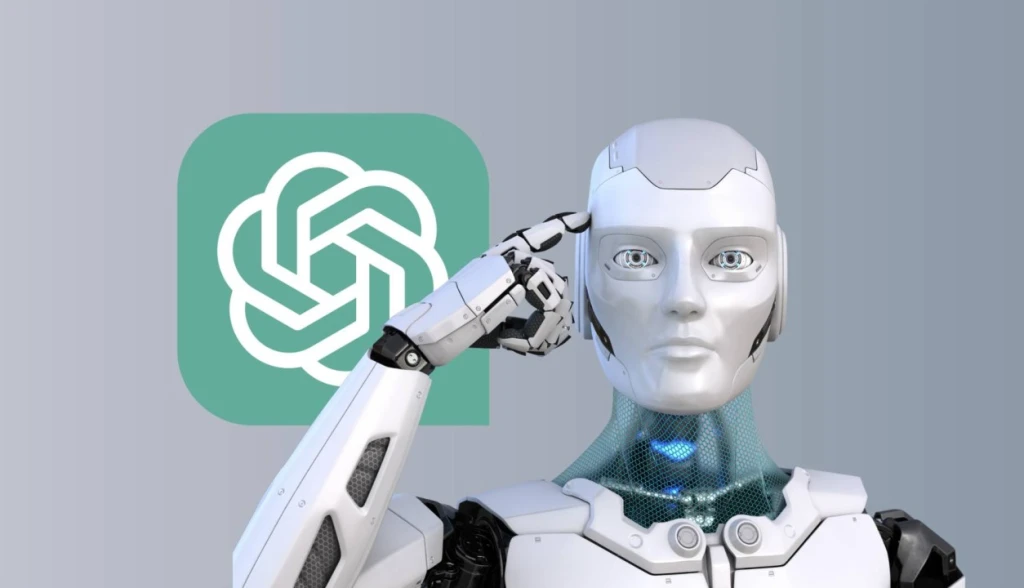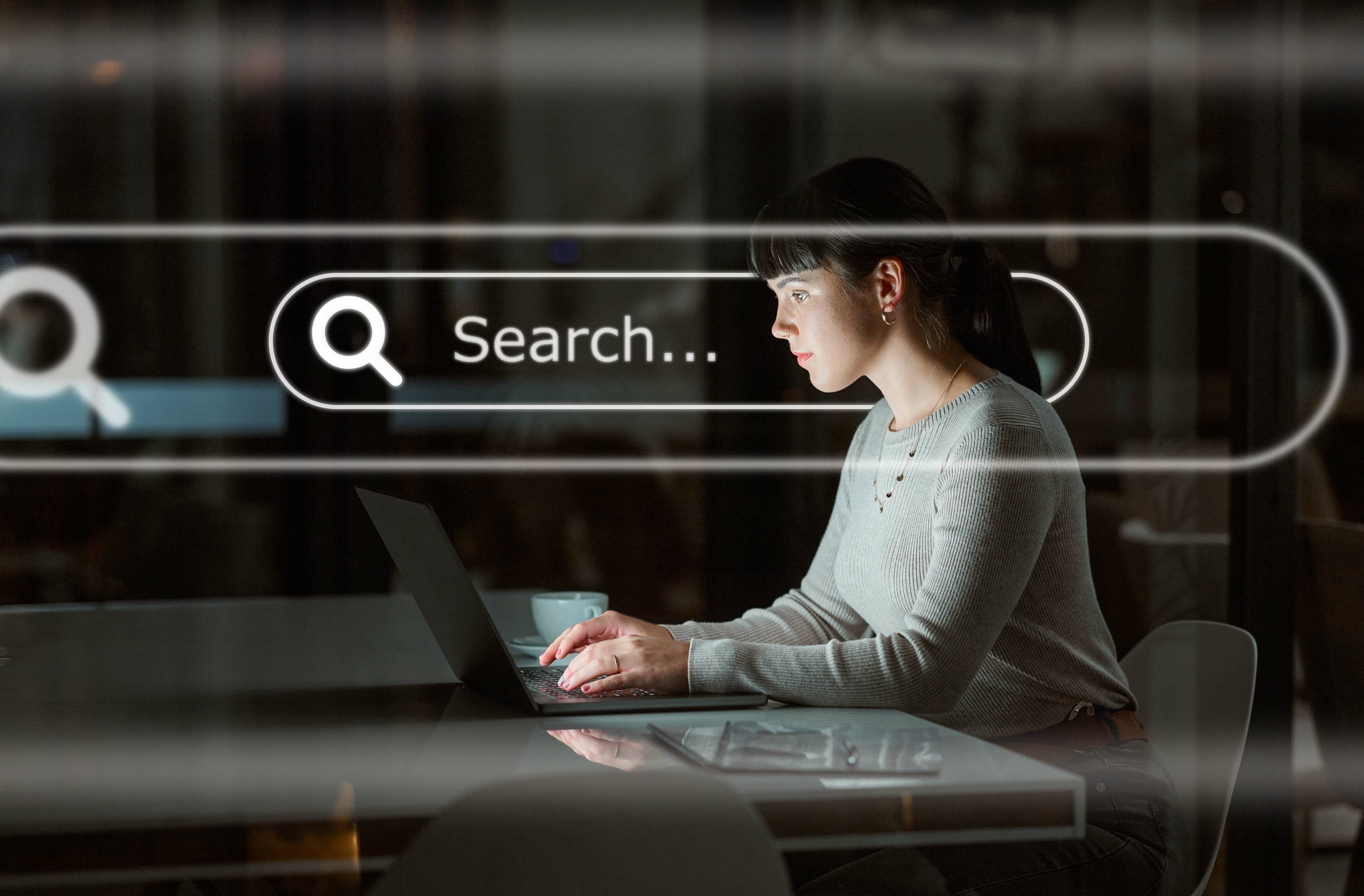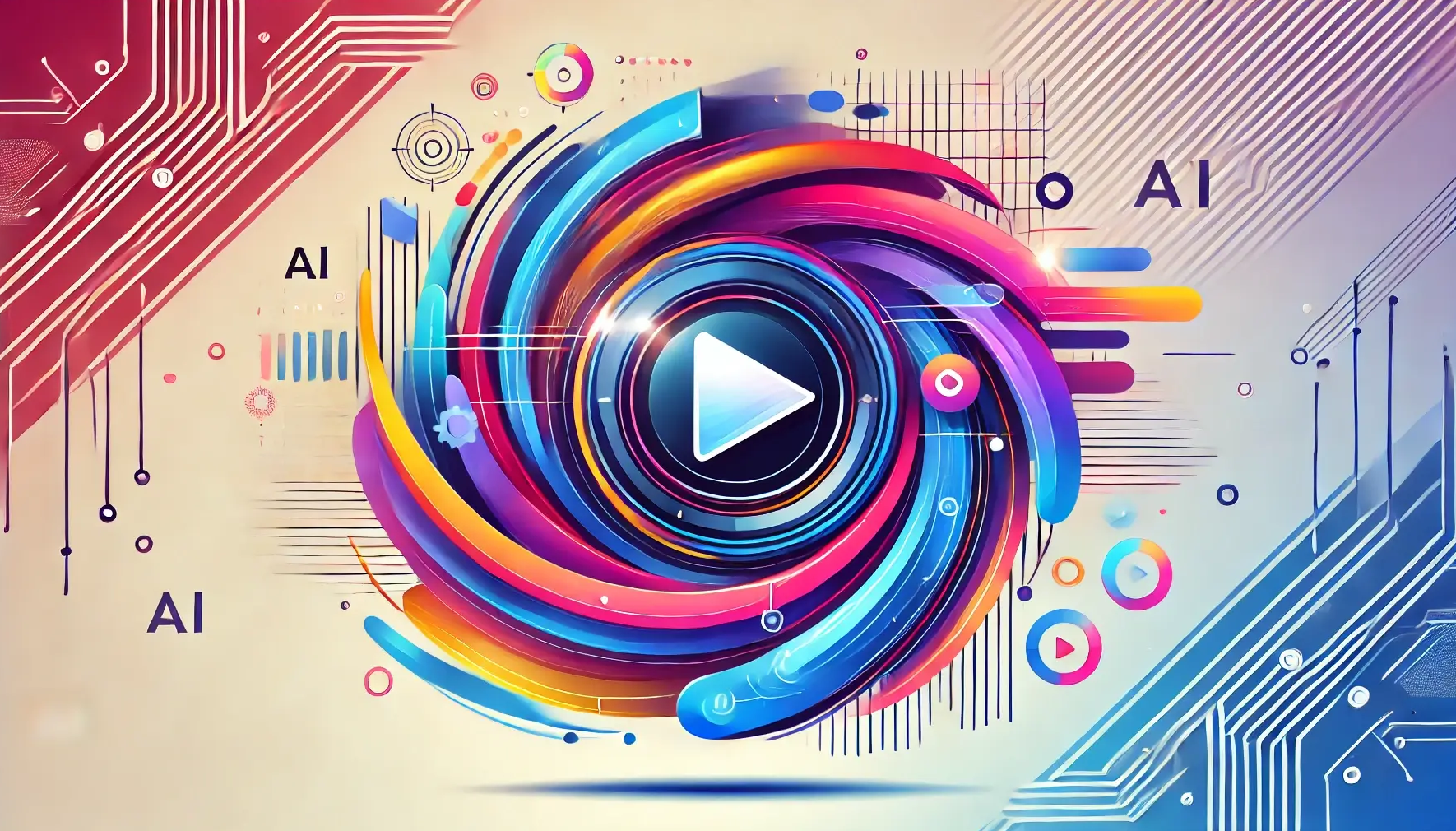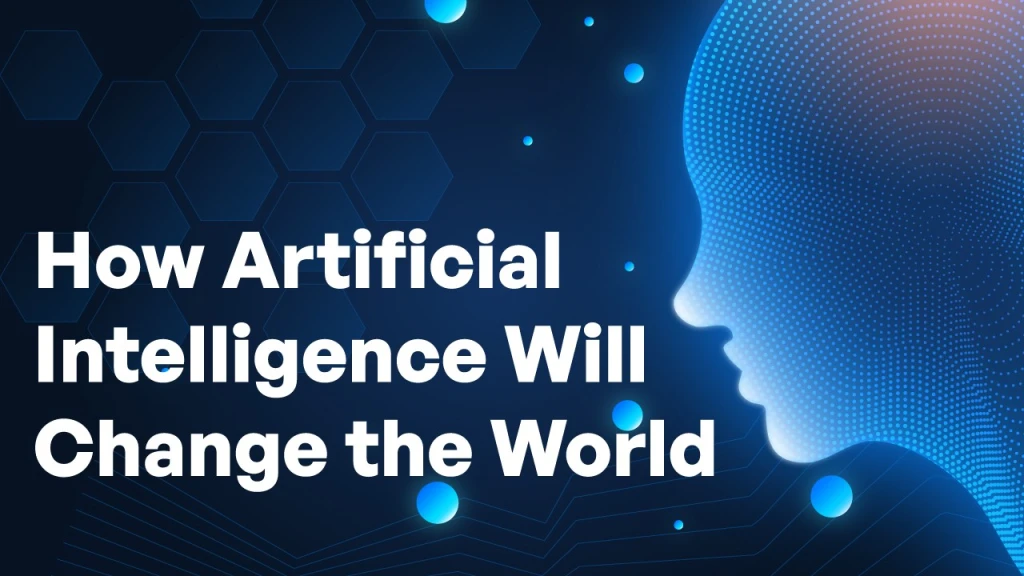Test AI on YOUR Website in 60 Seconds
See how our AI instantly analyzes your website and creates a personalized chatbot - without registration. Just enter your URL and watch it work!
1. Introduction: The Rise of AI and Its Expanding Boundaries
But where should we draw the line? As AI becomes more autonomous, the ethical, legal, and societal implications grow. This blog explores the limits of AI, its risks, and how we can balance innovation with ethical responsibility.
2. The Capabilities of AI: How Far Have We Come?
1. AI in Automation and Decision-Making
AI-powered systems automate customer service, HR processes, and financial transactions.
Predictive analytics help businesses forecast trends and optimize operations.
AI algorithms make real-time decisions in healthcare, cybersecurity, and stock trading.
2. Generative AI and Creativity
AI creates art, music, and written content, blurring the lines between human and machine creativity.
AI-powered design tools generate logos, marketing content, and even movie scripts.
AI models assist in scientific research, writing code, and enhancing innovation.
3. AI in Autonomous Systems
Self-driving vehicles use AI for real-time navigation and object detection.
AI-powered robots are deployed in manufacturing, space exploration, and military applications.
AI-driven drones and surveillance systems monitor security and logistics operations.
3. The Ethical Limits of AI: Where Do We Draw the Line?
1. AI and Job Displacement: When Does Automation Go Too Far?
AI is replacing jobs in customer service, manufacturing, and data analysis.
While AI increases efficiency, mass automation could lead to economic inequality and job loss.
Governments and businesses must invest in AI reskilling programs to balance automation with employment opportunities.
2. AI Bias and Fairness: Can AI Make Unbiased Decisions?
AI systems can inherit biases from training data, leading to unfair outcomes.
Biased AI has impacted hiring decisions, criminal justice algorithms, and lending approvals.
AI ethics frameworks must ensure fairness, accountability, and bias mitigation in AI models.
3. AI in Surveillance and Privacy: How Much is Too Much?
AI-powered surveillance tools track individuals, analyze behaviors, and predict crime patterns.
Facial recognition AI is used by governments for law enforcement and security monitoring.
The line between safety and privacy must be clearly defined through strict AI governance and regulations.
4. AI in Warfare and Autonomous Weapons
Military AI systems can identify and target threats autonomously.
The use of AI in warfare raises moral concerns about accountability and unintended escalation.
International agreements must regulate the deployment of AI in military applications.
5. AI and Deepfake Manipulation
AI-generated deepfakes can spread misinformation, impersonate individuals, and manipulate public opinion.
AI-powered media manipulation threatens democratic institutions and personal reputations.
Governments must introduce strict AI-generated content regulations to combat deepfake misuse.
4. The Legal and Regulatory Limits of AI
1. Global AI Regulations and Governance
The EU AI Act aims to regulate AI usage based on risk categories.
The U.S. AI Bill of Rights outlines ethical AI development principles.
Countries are introducing data privacy laws (GDPR, CCPA) to regulate AI’s access to personal data.
2. AI Ethics and Corporate Responsibility
Companies like Google, Microsoft, and OpenAI are setting internal AI ethics policies.
AI transparency is crucial to ensuring accountability and preventing harmful AI applications.
Businesses must establish AI governance teams to oversee ethical AI implementation.
3. Defining AI’s Role in Society
Should AI be allowed to make life-altering decisions in healthcare, finance, and criminal justice?
How much control should humans have over AI decision-making and autonomy?
Clear policies must define where AI should assist versus where human oversight is required.
5. Striking a Balance: How to Ensure Responsible AI Development
1. Ethical AI Design and Explainability
AI developers must prioritize explainable AI (XAI) to make AI decisions transparent.
Ethical AI principles should include accountability, fairness, and non-discrimination.
2. Human-AI Collaboration Instead of Full Automation
AI should enhance human capabilities rather than replace human workers entirely.
Businesses should implement AI as a collaborative tool, ensuring human oversight in critical decisions.
3. Strong AI Regulations and Global Cooperation
Governments must introduce laws that prevent AI misuse while promoting innovation.
AI safety research should be funded to explore long-term risks and mitigation strategies.
4. AI Education and Workforce Adaptation
AI-focused education and reskilling programs should prepare workers for AI-augmented careers.
Companies must invest in AI literacy and ethics training for employees and stakeholders.
6. Conclusion: The Future of AI and Ethical Boundaries
The future of AI depends on where we draw the line—balancing innovation with ethics, automation with employment, and security with privacy. The key is responsible AI development that prioritizes human well-being, fairness, and long-term sustainability.
As AI evolves, the ultimate question remains: how do we ensure AI serves humanity without overstepping ethical and societal boundaries?

